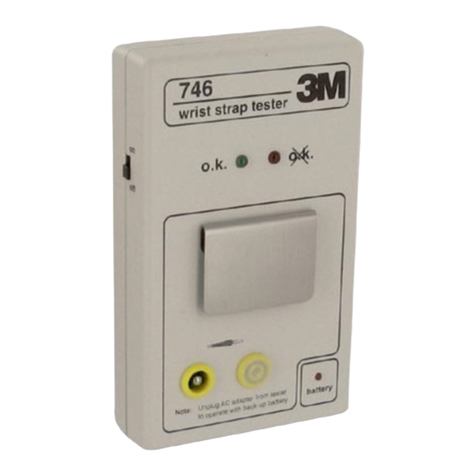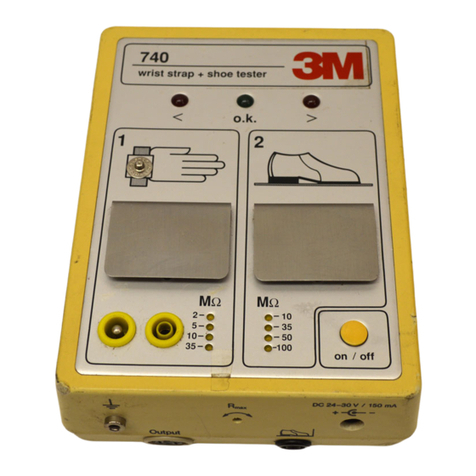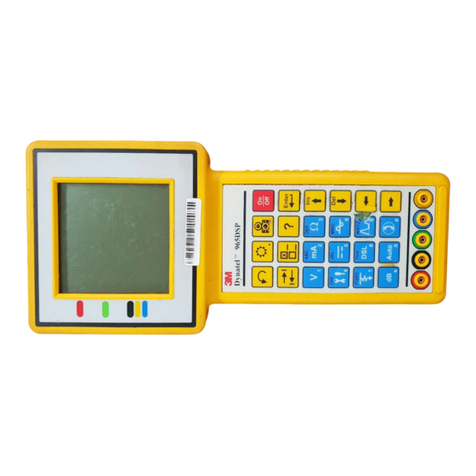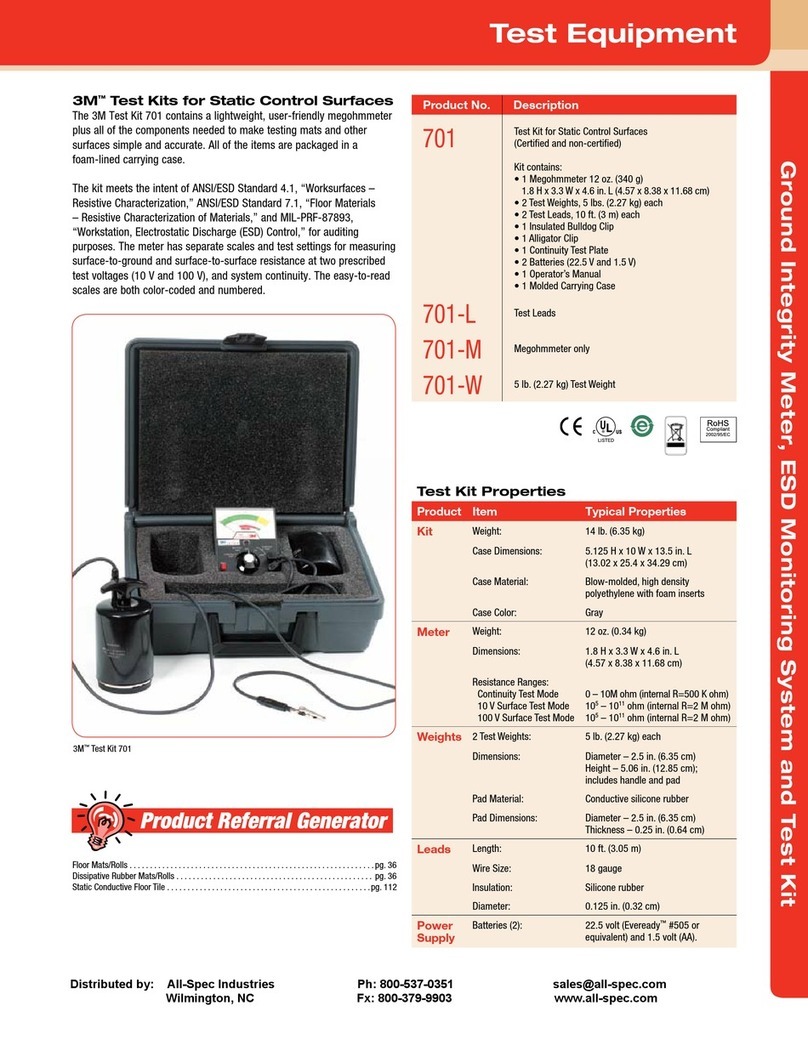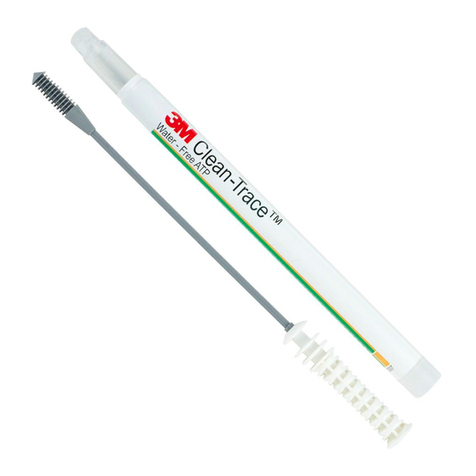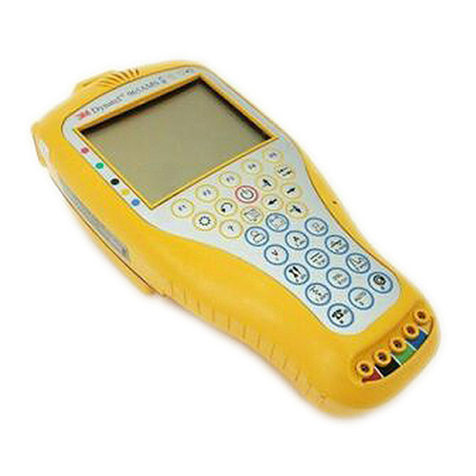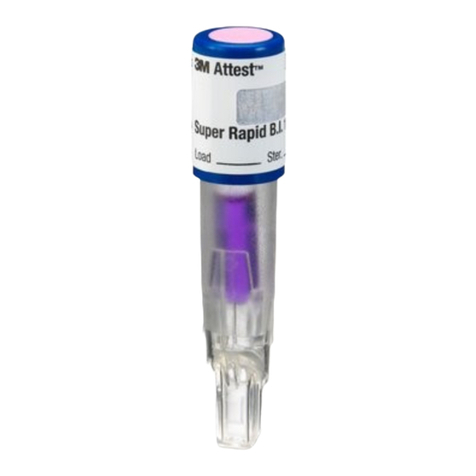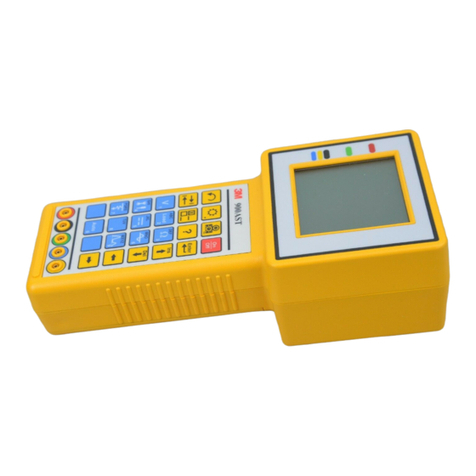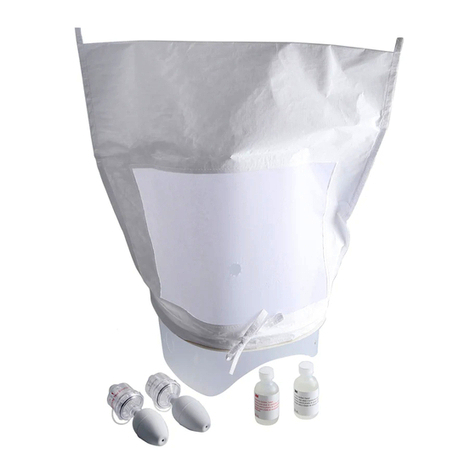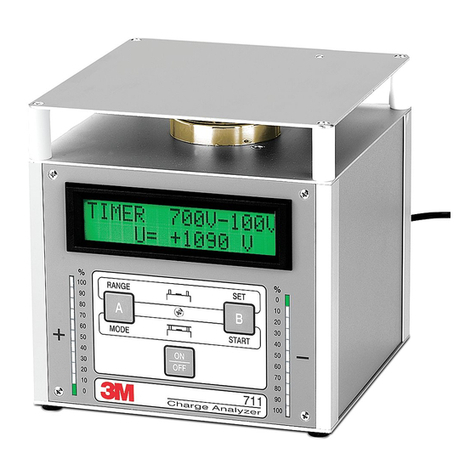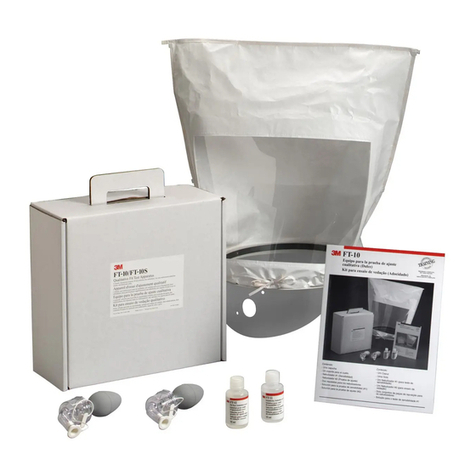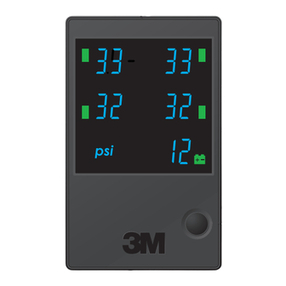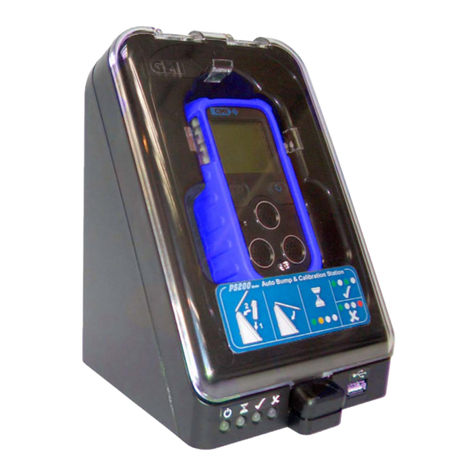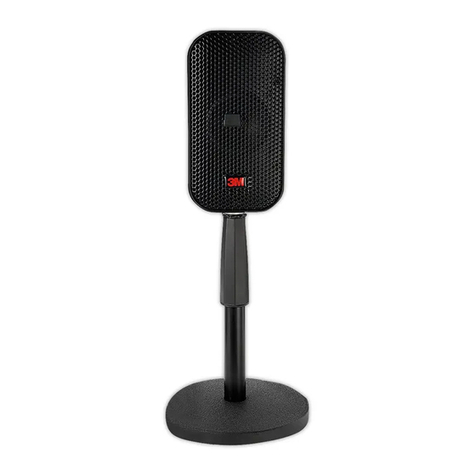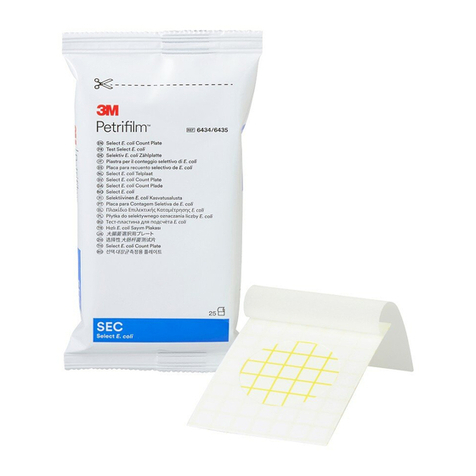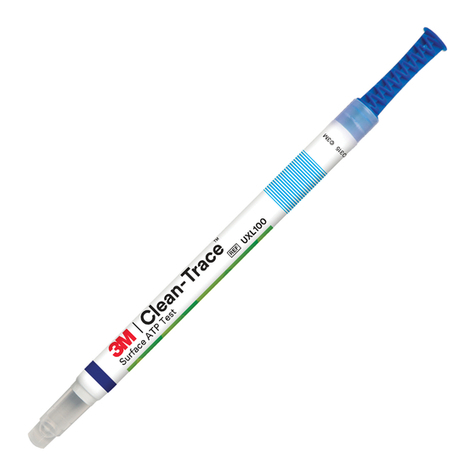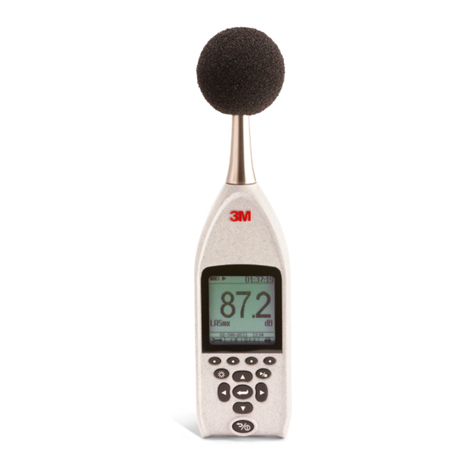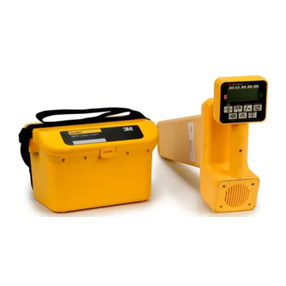
78-8130-6151-8-E 7
Service and Accessories
Information regarding service, accessories, or replacement parts can be obtained by
contacting your local 3M Sales Office or 3M Sales Representative.
This equipment does not require annual calibration or maintenance.
Transmitter Keypad and Connector Definitions
T-1 T-2 T-3 T-4 T-5 T-6 T-7
OFF: [T-1] Turns unit off and performs battery test.
OHM / FAULT / TONE: [T-2] Turns the unit on and cycles through the following
commands when pressed repeatedly.
OHM METER: Measures the continuity of the trace conductor/pipe and its far-end
ground. It is also used to measure the fault resistance to earth.
FAULT LOCATE: (2273ME units only) In this mode, the transmitter sends two
alternating frequencies (577 Hz and 33 KHz) as well as fault signals 10 and 20 Hz.
TONE: In the tone mode, the transmitter generates 577 Hz and 133 KHz signals.
TRACE: [T-3] Turns the unit on and places the unit in Trace mode.
SELECT FREQUENCY: Press TRACE [T-3] repeatedly to cycle the frequency
of the transmitter (577 Hz, 8 KHz, 33 KHz, and 133 KHz). The selected frequency
will be displayed [T-4]. ‘ALL' indicates that multiple frequencies are transmitting
simultaneously.
DISPLAY: [T-4]
INDICATOR FLAGS: These flags coincide with the operational mode of the
transmitter. (From top left to bottom right) Fault mode [T-2] (2273ME units only),
Tone [T-2], Trace mode [T-3], Ohm meter [T-2], Voltage (at start up the transmitter
checks for foreign voltage), and the Output Flag (no flag = low output; flag = high
output; flashing flag = maximum output).
DIGITAL DISPLAY: Indicates frequency, relative current, resistance, battery level
and voltage.
OUTPUT: [T-5] Cycles output level; normal, high and maximum.
Normal=No Flag; High=Flag; Maximum=Flashing Flag
OUTPUT JACK: [T-6] Port for direct connect cables or Dyna-coupler.
EXTERNAL JACK: [T-7] Port to connect cigarette lighter adapter cable, or
rechargeable battery (2200RB). Input voltage level: 9-18 VDC.
